
Storks over golden rice fields in Ninh Binh. (Photo: VNA)
As one of the world’s most biologically diverse countries, Vietnam understands the critical importance of preserving its rich natural resources.
With ecosystems ranging from mountains and plains to coastal and marine areas, the country is home to tens of thousands of species, including many that are endemic and endangered.
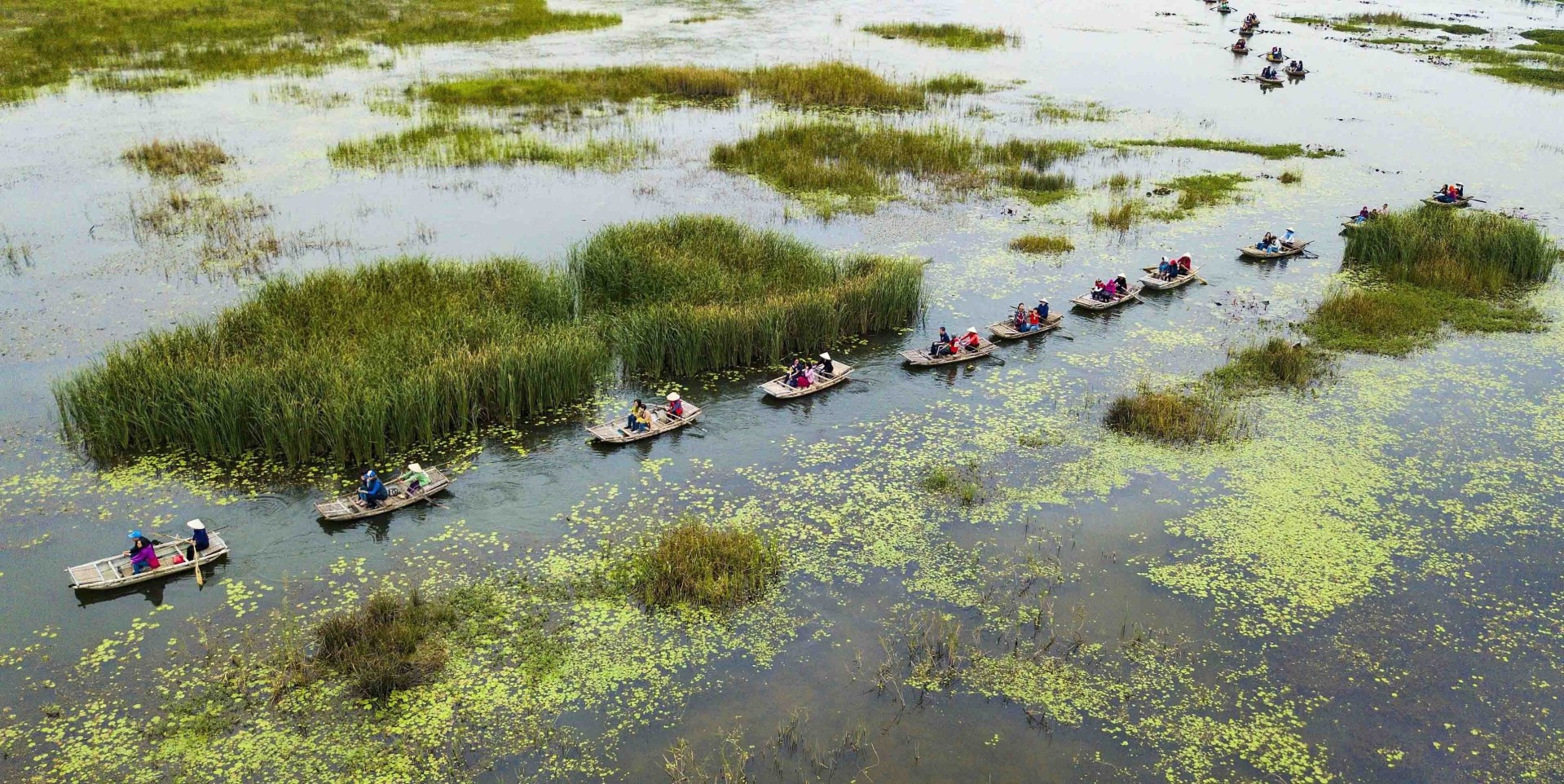
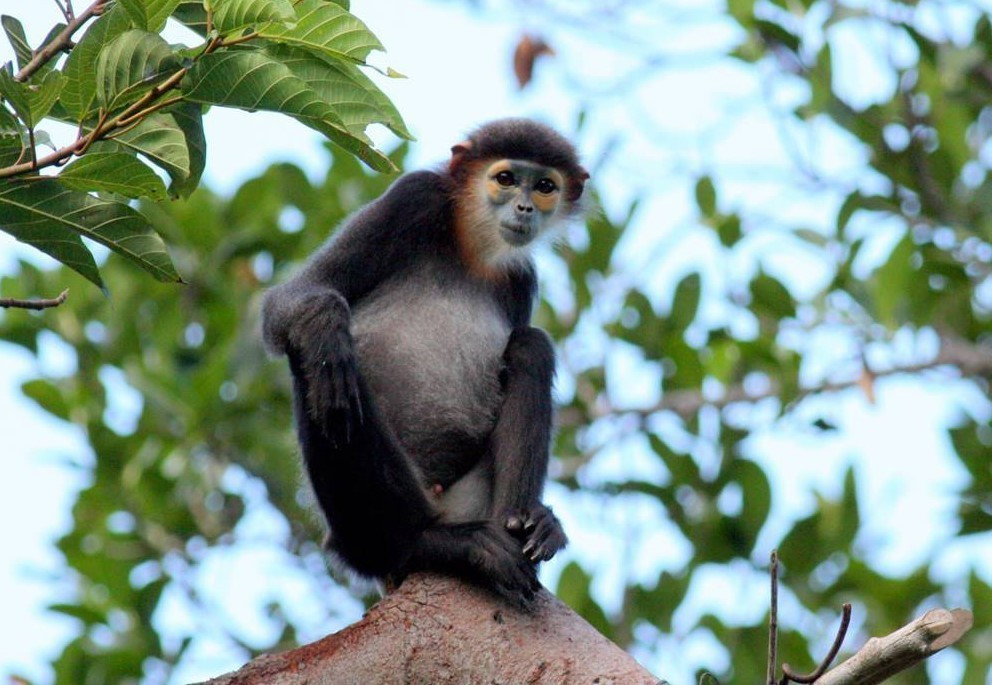
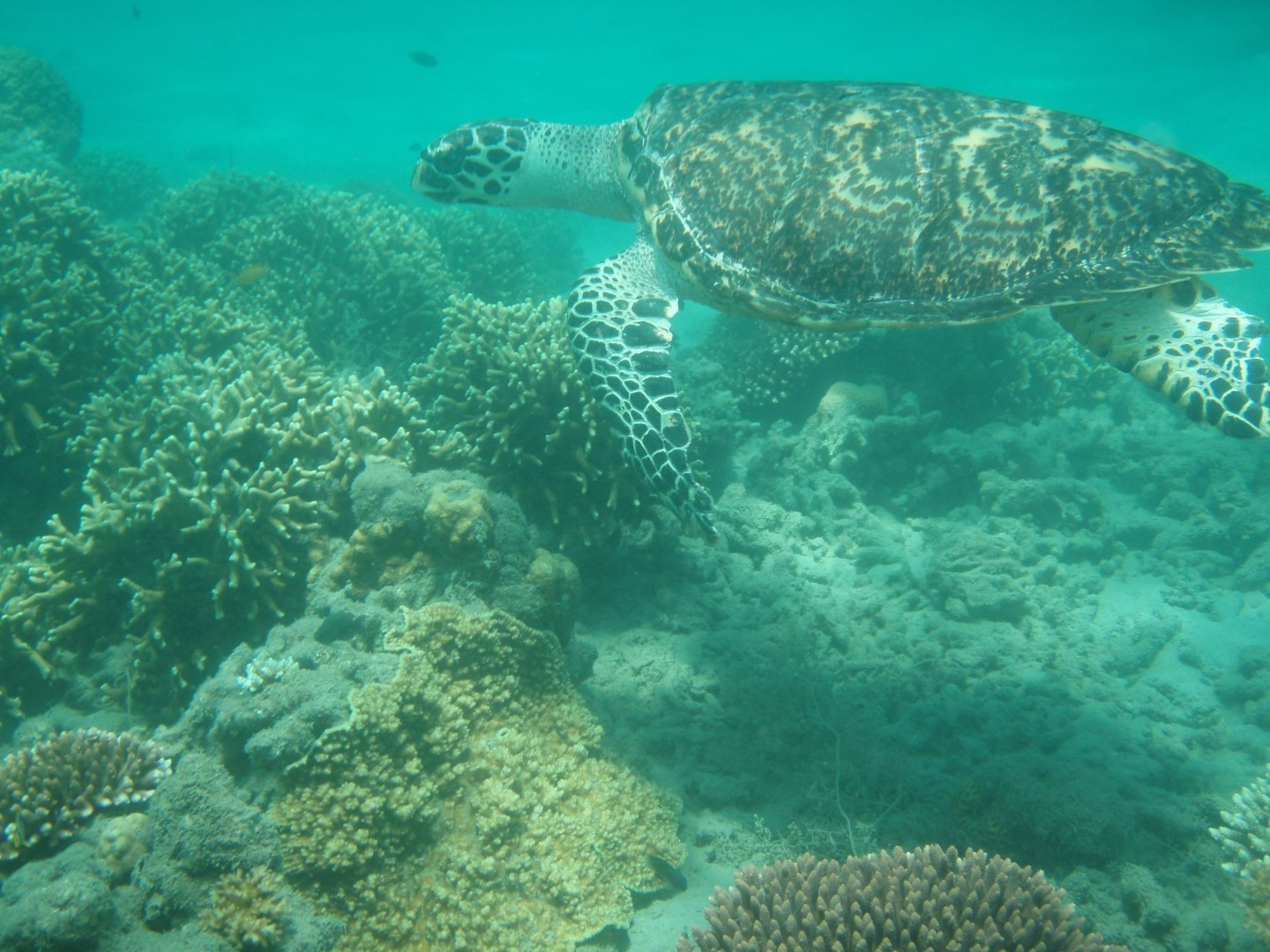
From left to right: Van Long Wetland Nature Reserve in Ninh Binh province, the largest of its kind in the Red River Delta; a black-shanked douc langur in Nui Chua National Park of Khanh Hoa province; and a hawksbill sea turtle recorded in the waters of Con Dao. (Photo: VNA)
This biological wealth holds not only environmental and economic values but also constitutes a distinctive foundation for the nation’s cultural and social identity.
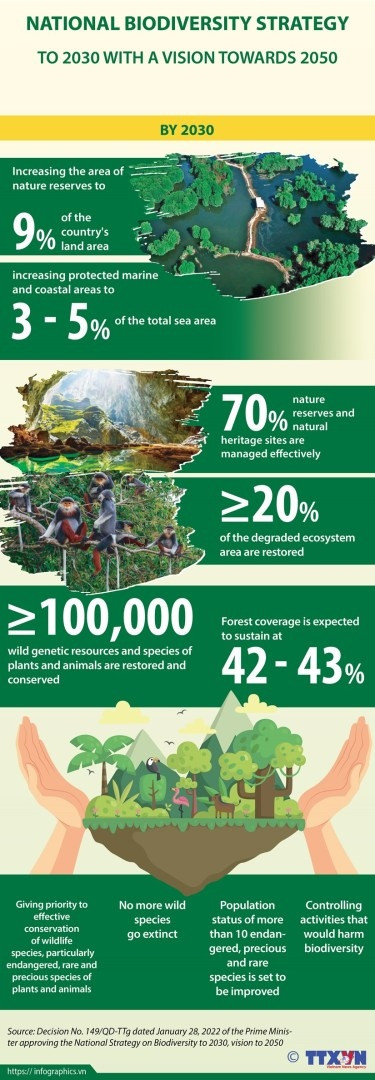
In recent years, the Vietnamese Government has issued many important legal documents, creating a solid legal framework for biodiversity conservation, including the Law on Biodiversity and various national strategies and plans for natural resources management.
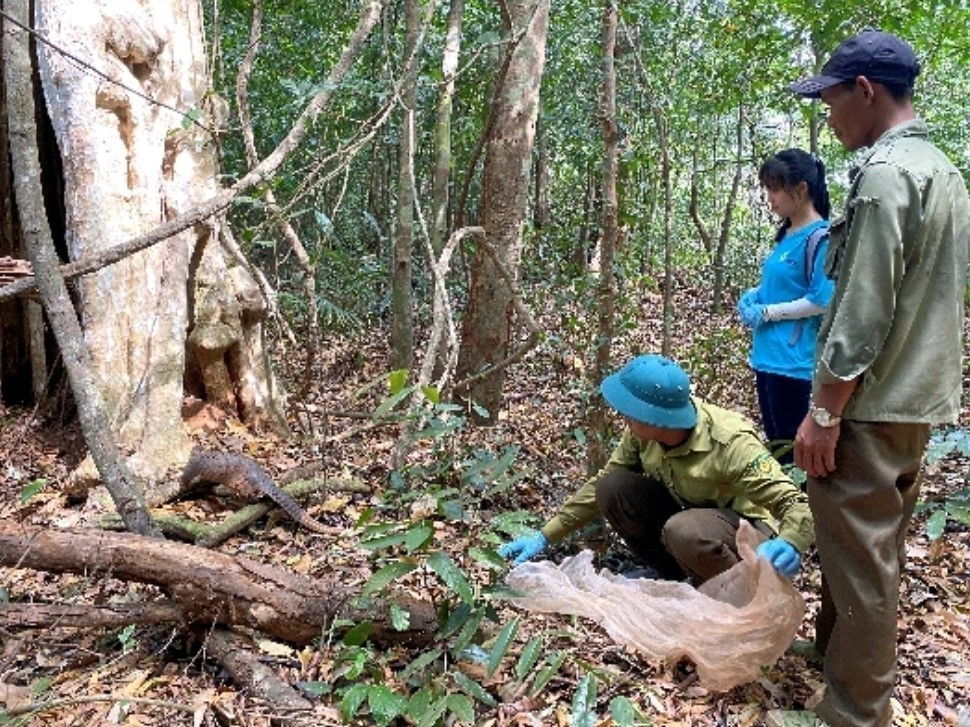
Numerous nature reserves and national parks have been established and expanded, safeguarding vital ecosystems and threatened species. Additionally, reforestation and coral reef protection projects, and programmes on breeding and conserving endangered wildlife species have been implemented.
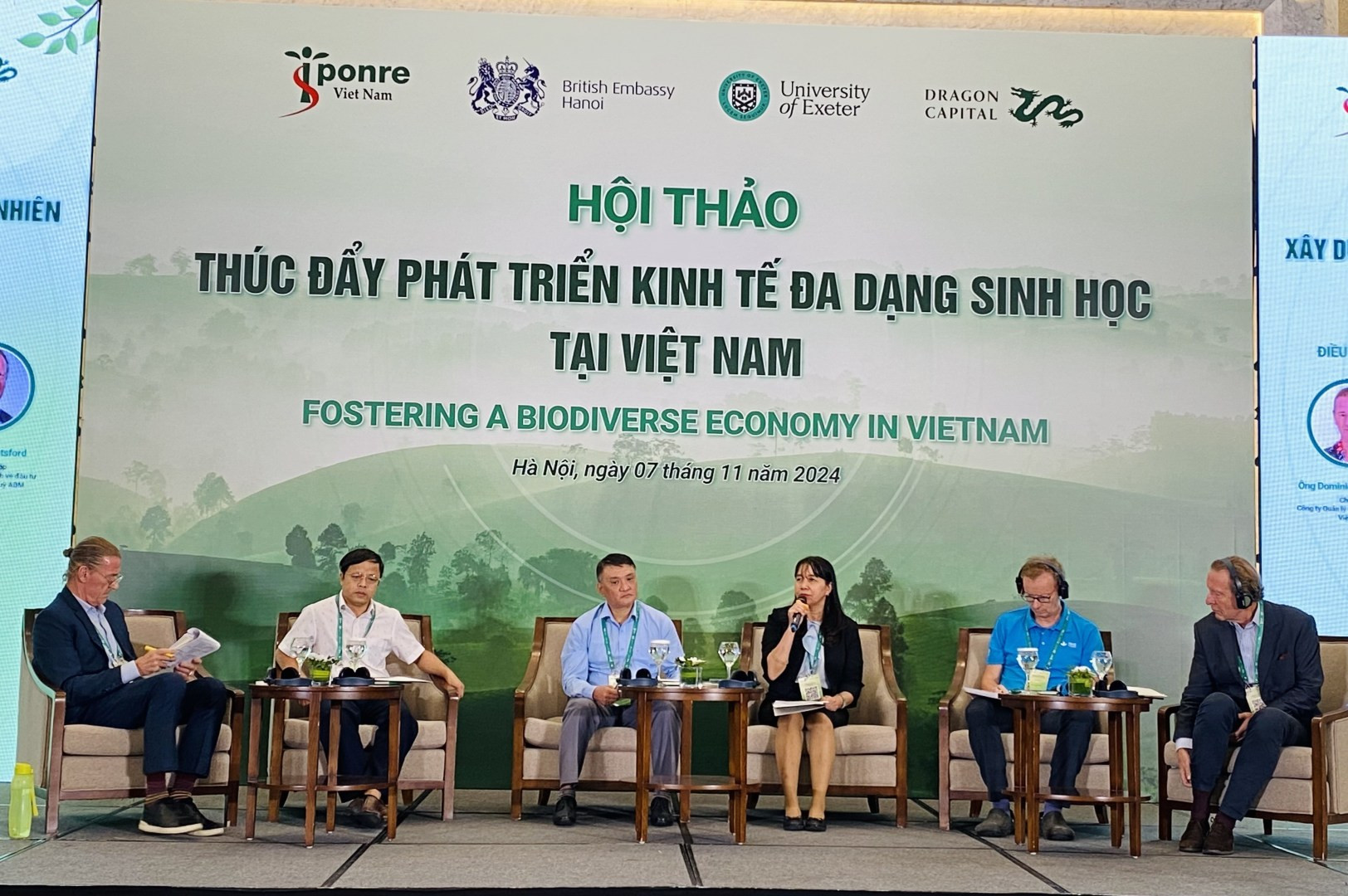
Vietnam is committed to achieving global conservation goals through international cooperation. Photo: The Institute of Strategy and Policy on Natural Resources and Environment, the British Embassy in Vietnam, the University of Exeter (UK), and Dragon Capital Vietnam co-organise a seminar themed “Fostering a Biodiverse Economy in Vietnam” in Hanoi on November 7, 2024. (Photo: VNA)
The country is a proactive member of major international treaties such as the Convention on Biological Diversity (CBD) and the CITES Convention on the global trade of endangered species. Its participation underscores Vietnam’s commitment to addressing transboundary environmental challenges and promoting global conservation goals.
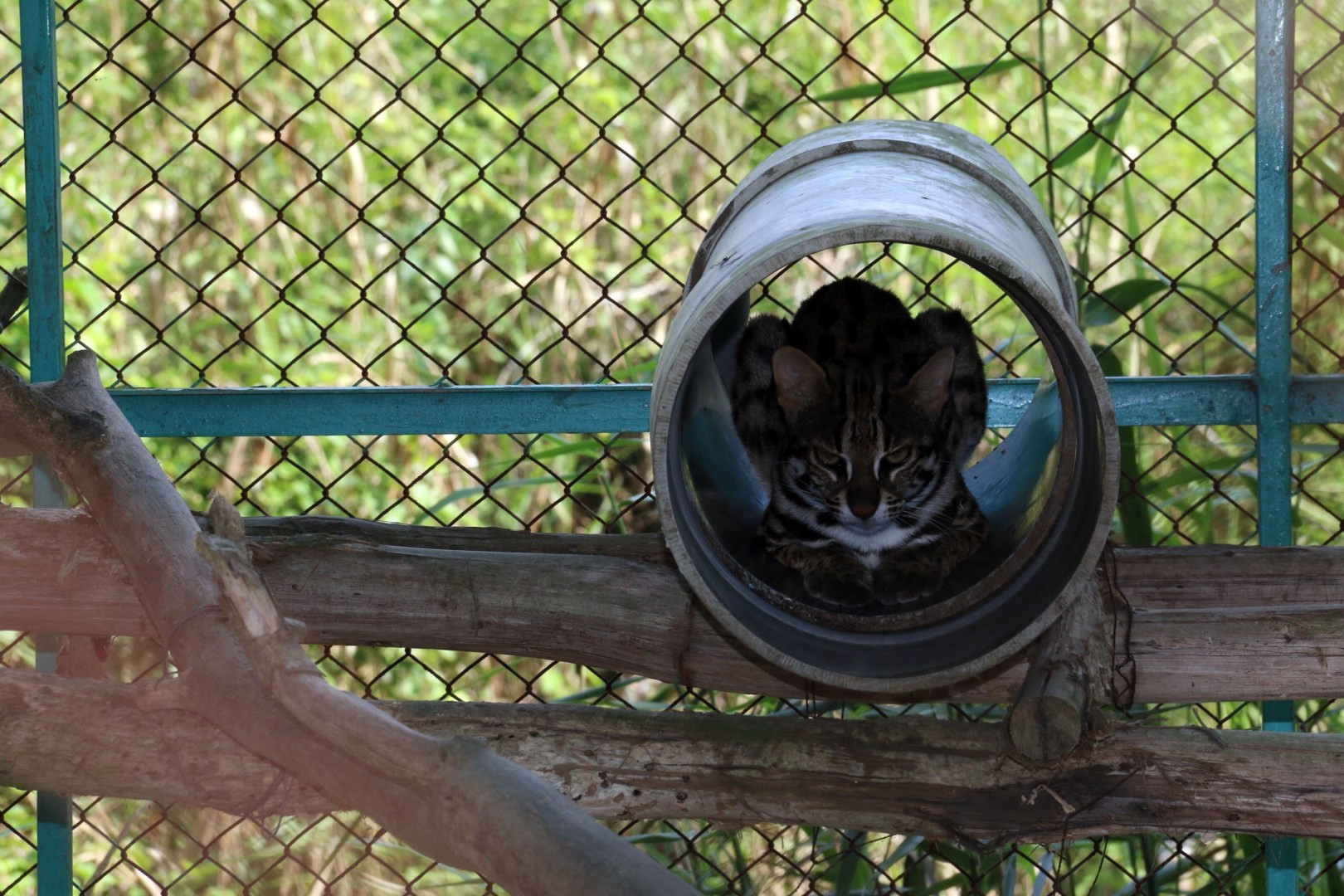
Wildlife rescued in U Minh Thuong National Park in An Giang province. (Photo: VNA)
Despite progress, biodiversity conservation in Vietnam continues to face significant challenges. Pressures from economic development, rapid urbanisation, pollution, climate change, and illegal wildlife trade pose threats.
Forest loss, habitat degradation, invasive species, and coral reef bleaching are eroding key ecosystems. Iconic species such as the Tonkin snub-nosed monkey, saola, and box turtle are on the brink of extinction.
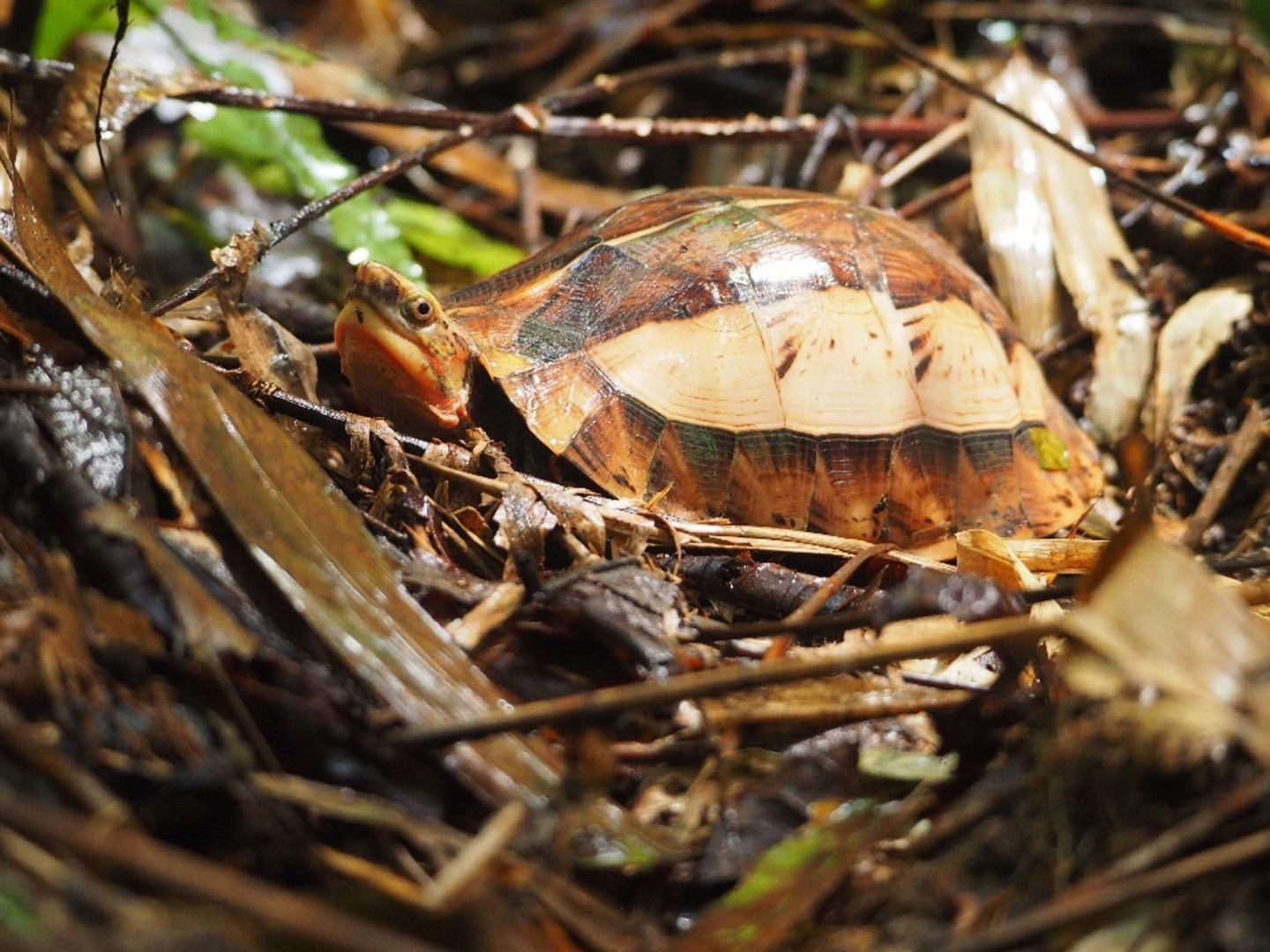
Coral reefs in the south-central region - once celebrated as “underwater rainforests” - have declined to just 1% healthy coverage due to bleaching and uncontrolled tourism.

Deputy Minister of Agriculture and Environment Nguyen Quoc Tri has stressed the urgency for decisive and responsible action.
He urged ministries, local authorities, and communities to join hands in carrying out specific measures to improve conservation-related policies, apply advanced technologies and digital tools in biodiversity monitoring, mobilise green finance and diversified investments, and intensify public awareness and education aimed at the nation’s youth.
A notable highlight is Vietnam’s network of 11 UNESCO-recognised biosphere reserves, which are model sites that integrate environmental protection with sustainable socio-economic development.

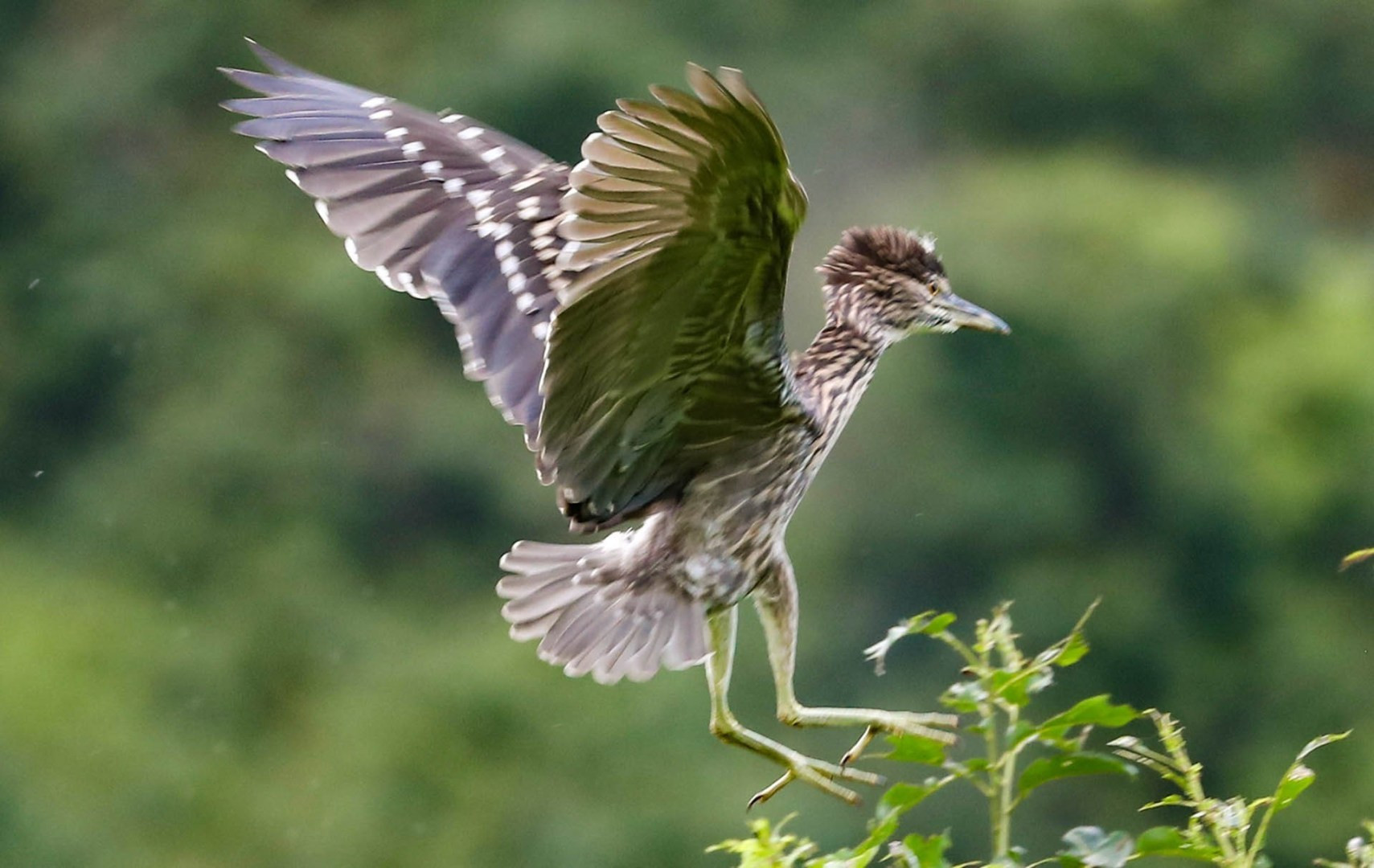

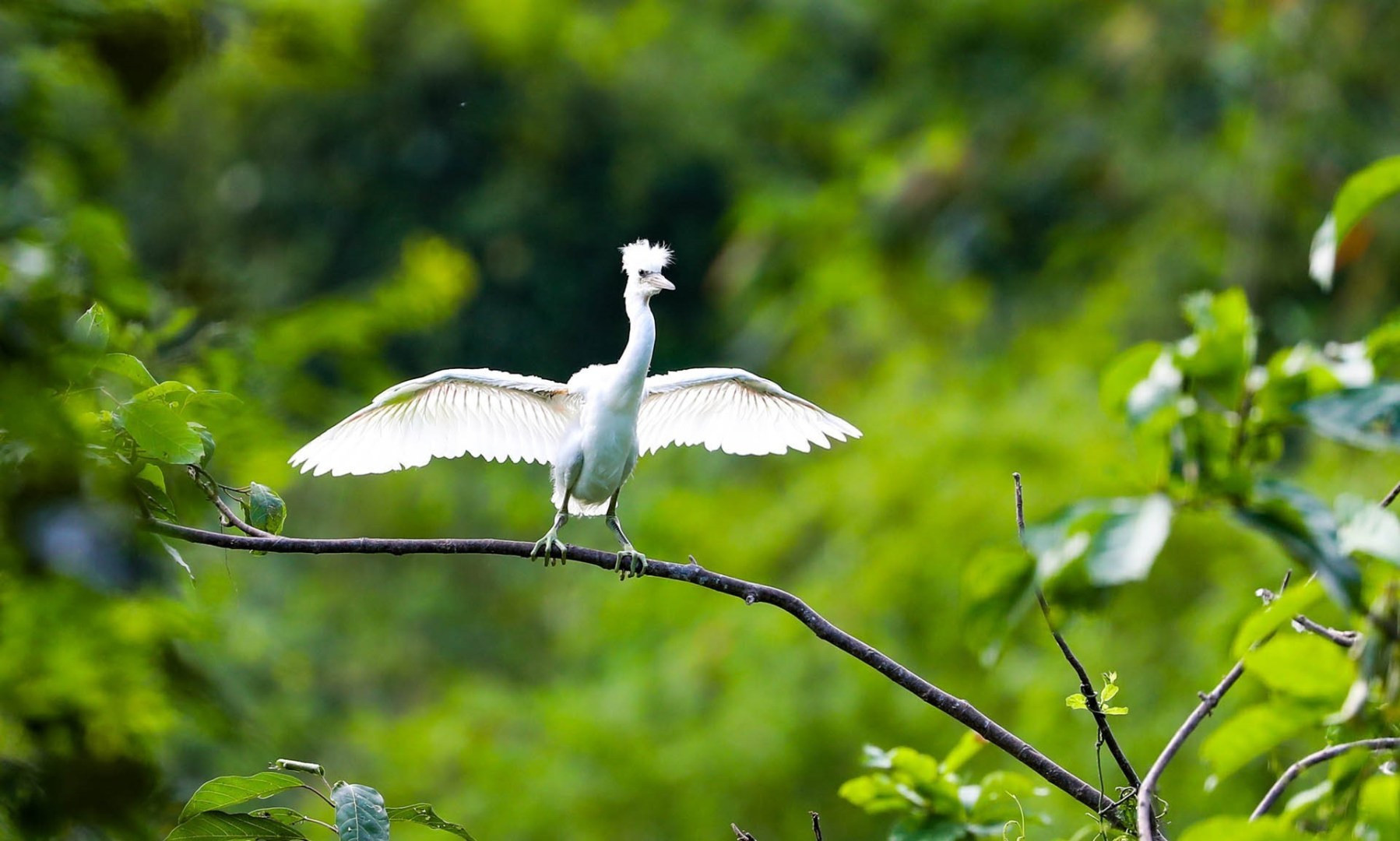
Van Long Wetland Nature Reserve in Ninh Binh province is home to various bird species. (Photo: VNA)
International collaborations, such as UNDP and GIZ projects in the northern province of Ninh Binh, have yielded tangible outcomes: over 4,000 hectares of forest restored, 62,000 hectares of high-biodiversity land protected, and thousands of households that benefit from sustainable green livelihoods.
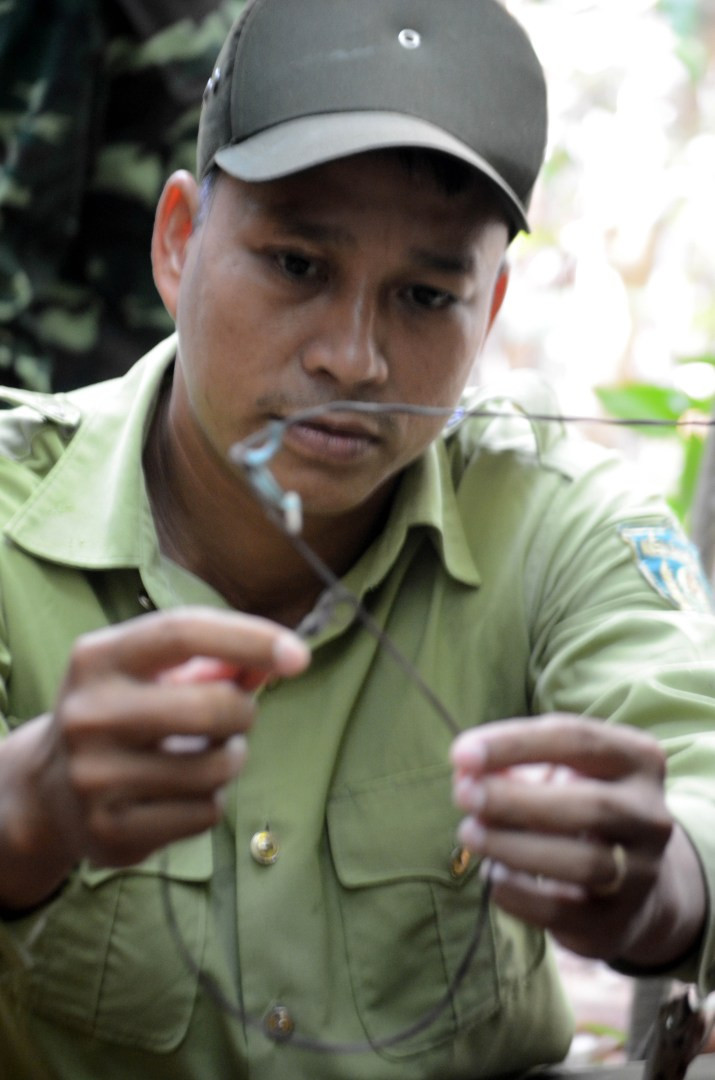
Vietnam has set an ambitious goal of preventing the extinction of any wild species due to human impact. In photo: Authorities conduct bi-weekly snare removal patrols in Son Tra Nature Reserve. (Photo: VNA)
To realise the National Biodiversity Strategy to 2030, with a vision to 2050, Vietnam has set ambitious targets. Goals include expanding protected areas to at least 9% of terrestrial land and 5% of marine zones, restoring a minimum of 20% of degraded ecosystems, preventing any human-induced extinction of wildlife, and conserving and storing at least 100,000 genetic resources.
This is not only a promise, it is a moral obligation and a global responsibility. From national policy reforms to individual behavioral changes such as sustainable consumption, reducing plastic waste, and avoiding wildlife trade, every action contributes to the shared mission of protecting our planet and preserving essential life values for future generations./. VNA